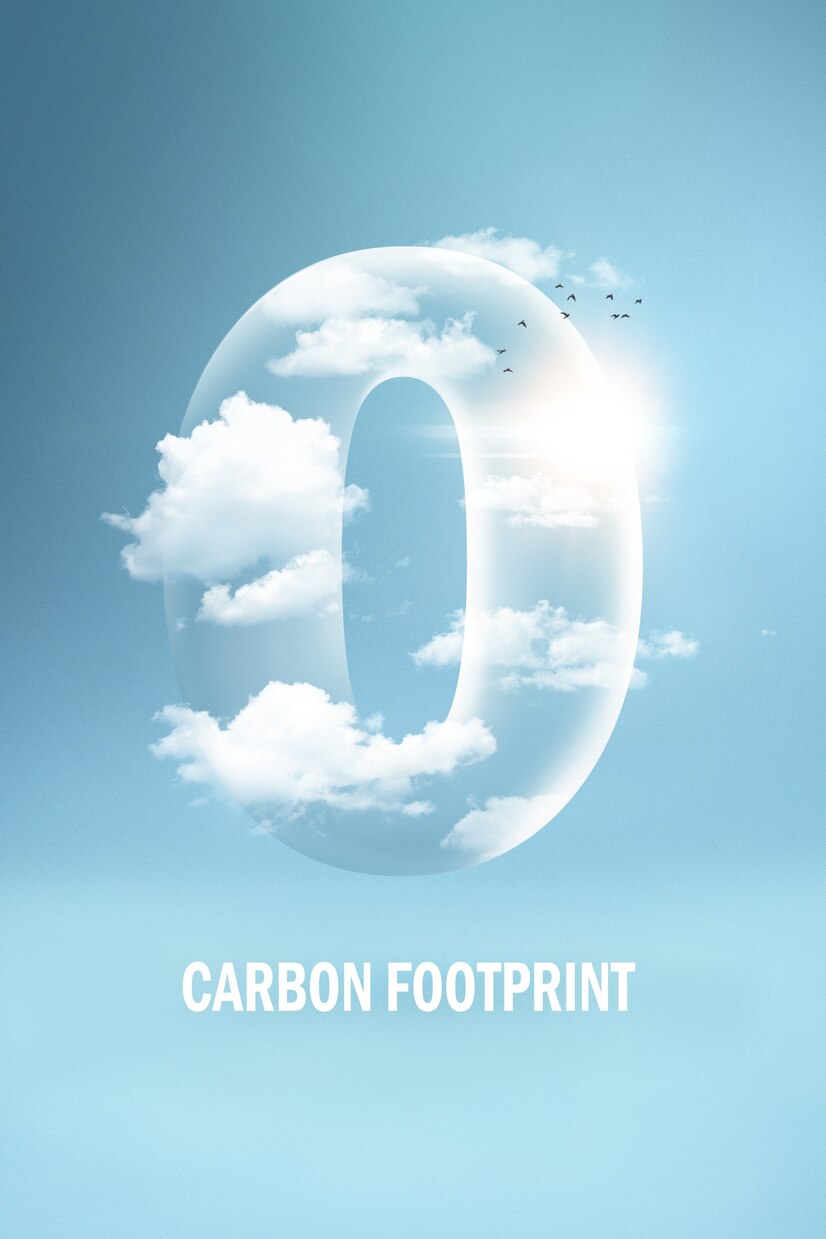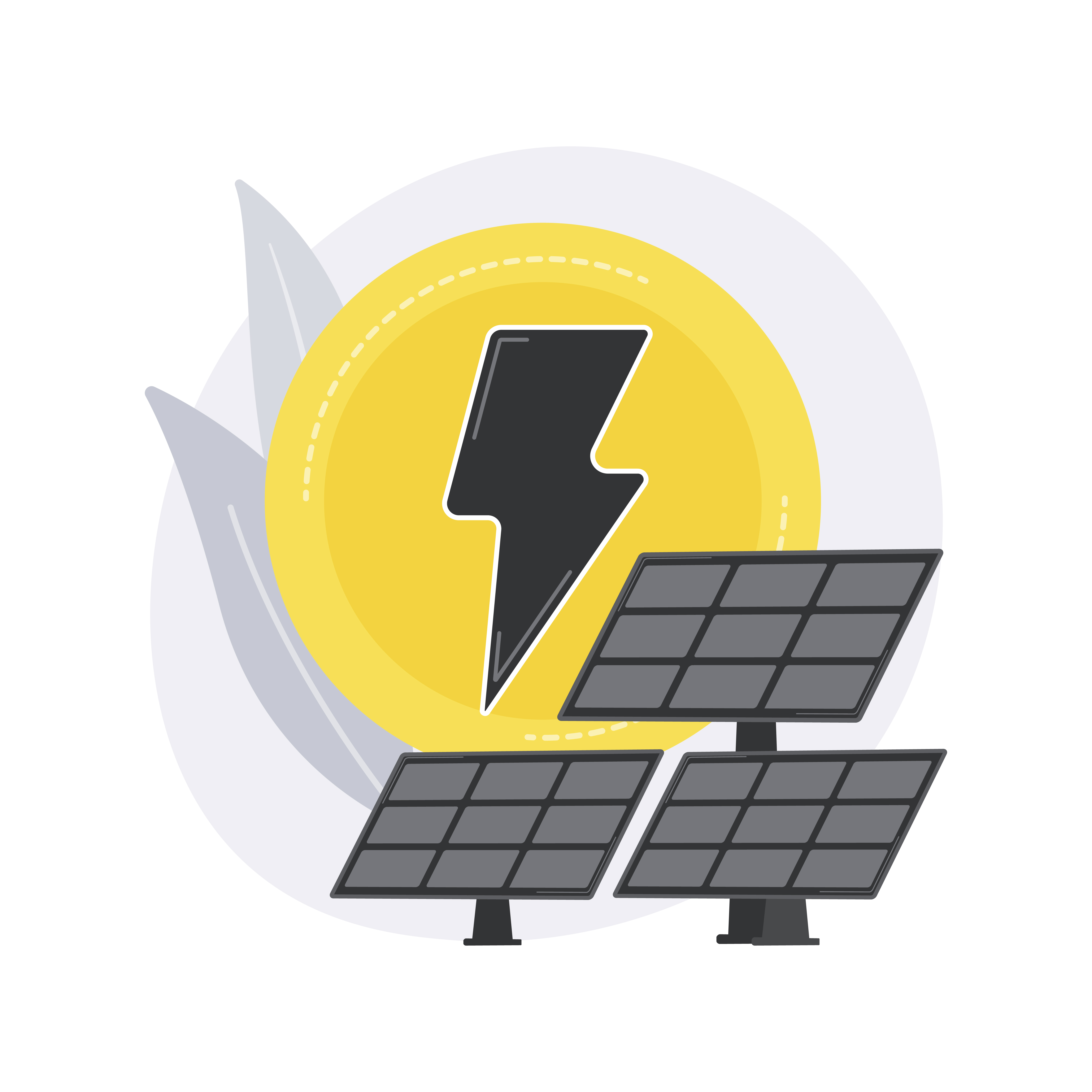South Korea stands in 8th position in solar energy capacity with 18,161 Megawatts as of 2021. This piece will focus on the South Korean government’s ambition concerning solar energy, five solar parks, and the top five indigenous players in the solar energy sector. I will elucidate the key obstacles which hinder Seoul’s ability to deploy the technology across the country.
Ambition:
In October 2020, the South Korean government announced that it intends to reduce greenhouse gas emissions by 40 % from levels in 2018 by 2030. To achieve this, it wishes to build 34 Gigawatt solar PV capacity and 12 Gigawatt offshore wind capacity by 2030. Moreover, it seeks to increase the share of renewable energy in power generation from 9 % in 2021 to 21.6 % in 2030 and 30.6 % in 2036.
It has targeted to reduce dependence on fossil fuels like coal, with power generation share reducing from 33 % in 2021 to 19.7 % in 2030 and 14.4 % in 2036. The anticipated trajectory indicates a decline in the share of gas-fired plants, from 31% in 2021 to 22.9% in 2030 and further dropping to 9.3% in 2036. The overarching long-term objective is to achieve carbon neutrality by the year 2050.
New & Upcoming Solar Power Plants:
- Hapcheon Dam Solar PV Farm is in South Gyeongsang, owned by Korea Water Resources and developed by Scotra. It has been developed in a single phase and commissioned in November 2021 with a 41-megawatt capacity.
- The Hapcheon Dam Floating Solar Power Project is in the South Gyeongsang. Hanwha Q Cells Korea supplied the photovoltaic (PV) modules. The construction began in 2020, and operations commenced in December 2021 with 40.32 Megawatt capacity.
- Sinan Solar PV Park is in South Jeolla, developed by Korea South-East Power. Commissioned in January 2022, it boasts a capacity of 150 megawatts, effectively powering 49,000 households.
- Pohang Industrial Solar PV Park is in North Gyeongsang, owned and under development by Hanwha Solutions and Korea East-West Power. Currently in the permitting stage, the project is scheduled for construction commencement in 2024, with operations expected to begin in 2025, featuring a capacity of 60 megawatts
- The Saemangeum Floating Solar Power Project, situated in North Jeolla, is owned and developed by Hanwha Solutions. It is at the permitting stage, likely to start construction in 2024 and commence operations in 2025 with a 1200-megawatt capacity.
Top Operators:
- Hyundai Corporation, headquartered in Seoul, was founded in 1967. The solar energy team builds photovoltaic modules and inverters and manages solar projects from the tender stage to completion.
- Luxco Co. Ltd has a head office in Ulsan, established in 1998. They are involved in developing solar photovoltaic systems used in solar power plants of various sizes.
- Hansol Technics Co, Ltd, headquartered in Seoul, was founded in 1966. They are known for producing reliable solar panels, and their products find applications in residential, commercial, and utility-scale solar power plants.
- S Energy Co, Ltd, headquartered in Seongnam, was established in 2001. A prominent manufacturer, they are celebrated for crafting high-quality solar panels. They provide services such as home PV system leasing, PV system installation, and maintenance.
- LS Electric Co. Ltd has a head office in Anyang-Si, founded in 1974. They build solar photovoltaic systems and inverters, provide ongoing and maintenance services, project management and economic analysis.
Challenges:
- The initial challenge stems from the lack of universal support for the green energy concept. For instance, in rural areas, numerous communities oppose renewable energy projects near villages or agricultural land.
- The second challenge revolves around an unappealing regulatory environment, with many municipalities implementing minimum distance regulations for solar PV installations. This escalation in regulatory requirements contributes to an increase in overall project costs.
- The third obstacle involves the potential for electric grid stability issues when expanding the share of solar power generation. Solar energy, a variable resource, lacks the controllability characteristic of fossil fuels, thereby introducing challenges to grid stability.
Conclusion:
South Korea’s ambition to reduce greenhouse gas emissions and boost renewable energy, particularly solar, showcases commendable progress. The nation aims for 34 Gigawatts of solar capacity by 2030, and Key solar parks and top players like Hyundai and LS Electric highlight strategic advancements. Despite these, challenges persist, including community resistance, regulatory complexities, and grid stability concerns. Overcoming these hurdles is essential for realizing South Korea’s commitment to carbon neutrality by 2050 and ensuring a resilient and sustainable energy landscape for the future.
End Notes
https://worldpopulationreview.com/country-rankings/solar-power-by-country
https://www.power-technology.com/comment/south-korea-clean-energy/?cf-view
https://www.power-technology.com/marketdata/power-plant-profile-sinan-solar-pv-park-south-korea/
https://www.pv-magazine.com/2022/07/12/construction-begins-on-south-koreas-largest-pv-project/
https://www.mordorintelligence.com/industry-reports/south-korea-solar-energy-market/companies
http://www.hyundaicorp.com/wp-content/uploads/2013/12/Hyundai-Corporation_Trading.pdf
http://luxco.co.kr/V1/bbs/page.php?co_id=en_cm05
http://www.hansoltechnics.com/eng/
https://www.emis.com/php/company-profile/KR/S-Energy_CoLtd_en_2381765.html
https://www.ls-electric.com/products/category/Smart_Power_Solution/PV_System
https://energytracker.asia/the-main-barriers-to-the-renewable-energy-transition-in-south-korea/





